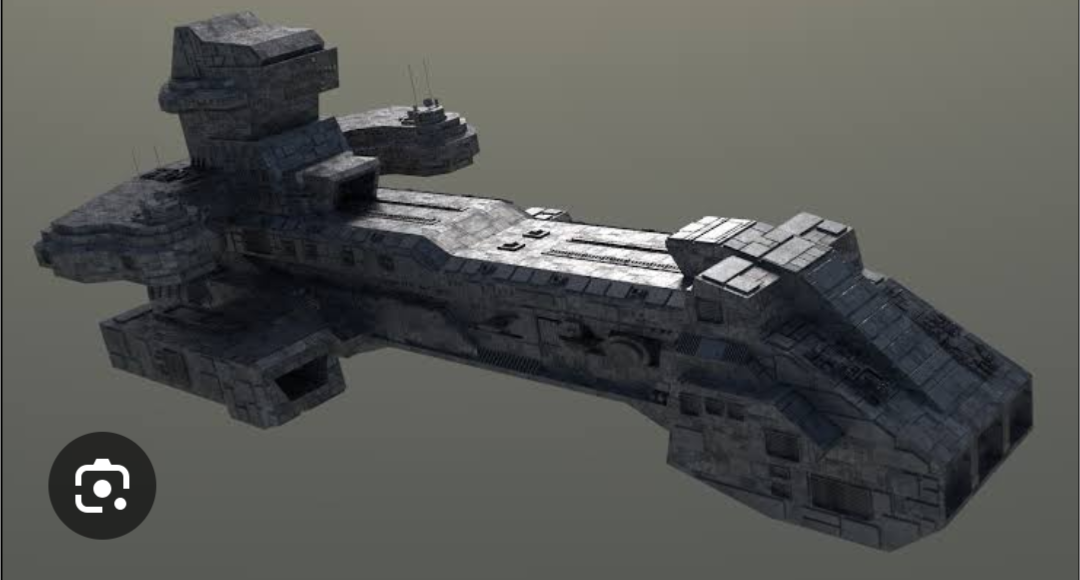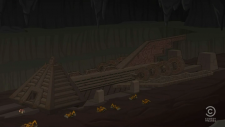I looked all over for a date and got everything from “early 1800s” to “late 1800s” but nothing exact, so I had to make an educated guess. The first cameras practical enough to take such a photo were developed around 1840 and the excavations began in 1867.
Damn, this really puts into perspective for me that the sphinx was once in the center of a thriving and powerful civilization that completely died. All of that sand accumulated over thousands of years wiping out every trace of the world that used to be there and we only have evidence for it in the handful of mega structures they managed to build in an ocean of nature identical to any other undeveloped part of earth.
I met a traveler from an antique land,
Who said—“Two vast and trunkless legs of stone
Stand in the desert. . . . Near them, on the sand,
Half sunk a shattered visage lies, whose frown,
And wrinkled lip, and sneer of cold command,
Tell that its sculptor well those passions read
Which yet survive, stamped on these lifeless things,
The hand that mocked them, and the heart that fed;
And on the pedestal, these words appear:
My name is Ozymandias, King of Kings;
Look on my Works, ye Mighty, and despair!
Nothing beside remains. Round the decay
Of that colossal Wreck, boundless and bare
The lone and level sands stretch far away.”- Percy Shelley
Fun fact: Shelley wrote that poem in a friendly competition with Horace Smith. Here is Smith’s version:
In Egypt’s sandy silence, all alone,
Stands a gigantic Leg, which far off throws
The only shadow that the Desert knows:—
“I am great OZYMANDIAS,” saith the stone,
“The King of Kings; this mighty City shows
The wonders of my hand.”— The City’s gone,—
Naught but the Leg remaining to disclose
The site of this forgotten Babylon.We wonder — and some Hunter may express
Wonder like ours, when thro’ the wilderness
Where London stood, holding the Wolf in chace,
He meets some fragment huge, and stops to guess
What powerful but unrecorded race
Once dwelt in that annihilated place.— Horace Smith, “Ozymandias”
That is beautiful as well!
I kinda like it better since it makes the same criticism of people who think their works will last forever, but then goes a step further and exposes the same fallacy in modern peoples.

i was getting ready for forty winks
when, lo, up popped this post on the Sphinx;
that ensued in a long stroll
down the wikipedia rabbithole
and a whole host of now-purple hyperlinks.
Fantastic find!
Thanks. I’m really annoyed I can’t accurately date it though.
Why didn’t you just look at the metadata? It appears this photo was taken in the year “© All Rights Reserved”
Big “It appears you have internet network connectivity problems” energy
I felt that copyrighting it in the year nothing might have been a typo.
Also, there’s absolutely no question that it’s public domain.
A good year for art it was.
I thought it was a scifi spaceship at first

Por que no los dos?

It is based on Goa’uld technology…
It’s too small for a spaceship but it does have 40k spaceship vibes.
Couldn’t find the date?
Did you check the EXIF data?
I too was trying to find the date of this photo this week. To narrow your time span, the first aerial photograph (also from a balloon) was taken in 1858 in France. So this photo had to have been taken after that point.
Fits-sits rule.
Why on earth would they need to excavate a balloon?
Is it just a fabrication that Germans in WWII shot off the nose, then? Because it looks as if it’s already missing the nose here.
As far as I know, that is a myth. It fell off in antiquity.
Cocaine or a Michael Jackson thing?
https://www.smithsonianjourneys.org/blogs/blog/2020/05/20/photo-what-happened-to-the-sphinxs-nose/
It is possible it was destroyed by a Muslim for religious reasons though it is impossible to truly confirm.
The Germans never got even close to where the sphinx is located in WW2. The Allied stopped the Axis advance in North Africa hundreds of kilometres west of there.
It looks like a monkey face in these two.
From a quick glance the pic looks a bit like the sand cruiser they used to throw Luke into the sarlacc pit.
There’s a hole in its head
Black as your soul
I’d rather die than give you control
I don’t think that’s a hole. I think it’s the opposite, and an optical illusion.
Not true. "Shaft A
Baraize also paved with cement this deep hole (shaft A) on the top of the Sphinx’s head. The hole measures approximately 5 feet square and nearly 6 feet deep. An iron trap door was fitted to the mouth of the hole. It has been theorized that the hole, began as a means for affixing a headdress to the sphinx in the manner of the New Kingdom (see photo below), was later deepened in search of hidden chambers." From this site
And picture from 1925
 and covered later
and covered later
Thanks!
Is it weird that I love this photo a lot more than I feel anything at all for the statue itself?








